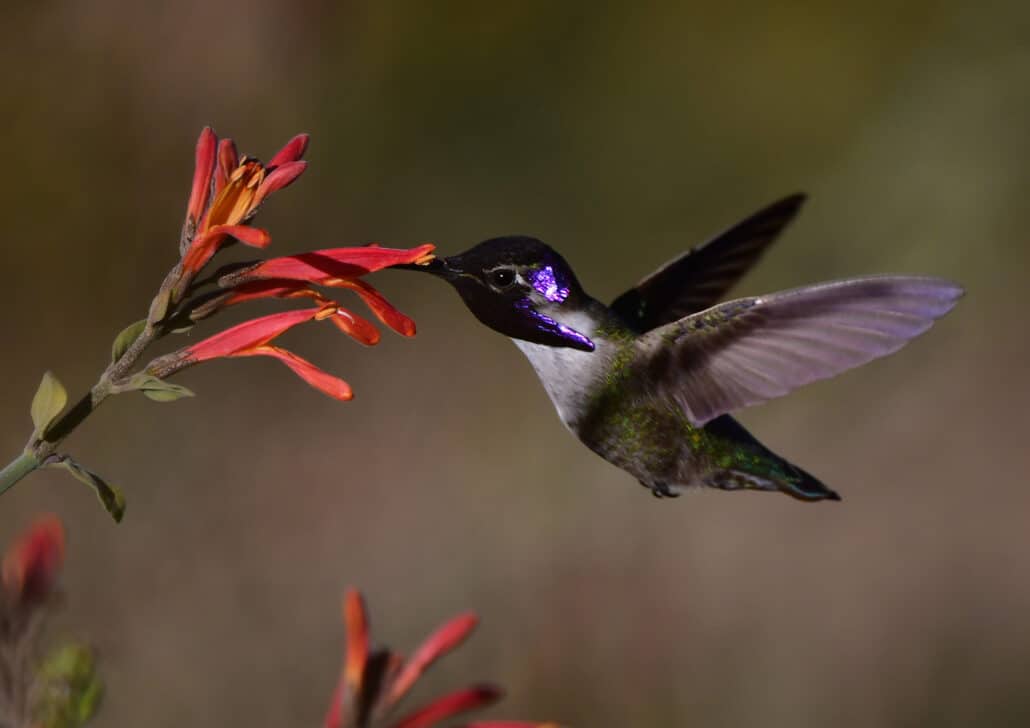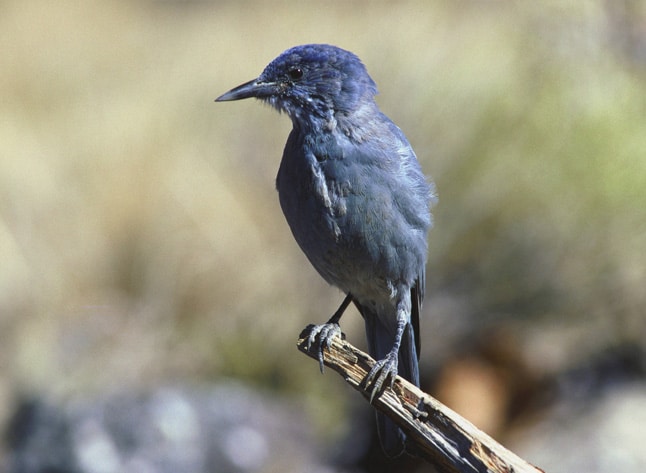Chincoteague National Wildlife Refuge
P.O. Box 62
Chincoteague, VA 23336
Telephone: 757-336-6122
Web: http://refuges.fws.gov
Chincoteague National Wildlife Refuge is one of the premiere bird-watching sites on the Atlantic Coast. Established in the 1940s, it is the wintering ground of thousands of snow geese, brant, and a variety of ducks. During spring migration a small impoundment may hold more than a dozen species of shorebirds, including black-bellied plover, dunlin, yellowlegs, and godwits. Piping plovers nest on the beaches at the southern end of the refuge, and the tall pines along the woodland trails are home to the brown-headed nuthatch. During summer the refuge becomes crowded with tourists, especially in late July when the annual pony-penning activities take place.
Eastern Shore National Wildlife Refuge
5003 Hallett Circle
Cape Charles, VA 23310
Telephone: 757-331-2760
Web: http://refuges.fws.gov
Eastern Shore National Wildlife Refuge is located at the southern tip of the Delmarva Peninsula and is most spectacular during autumn, when migrants funnel down the Eastern Shore. At this time of year the myrtle shrubs are alive with warblers, and sharp-shinned hawks dive among the songbirds in search of a quick meal. This is the optimum time to look for both merlins and peregrine falcons. The refuge is the site of an abandoned military base and the former bunkers and gun emplacements provide wonderful viewing sites across the marshes and into the treetops.
Belle Isle State Park
1632 Belle Isle Road
Lancaster, VA 22503
Telephone: 804-462-5030
Belle Isle State Park lies on the Rappahannock River in Lancaster County on Virginia’s Northern Neck. This 733-acre park is heavily wooded with walking trails providing access to the river. During summer look for summer tanagers, blue grosbeaks, indigo buntings, and orchard orioles. Check the large sycamore trees near the river’s edge for yellow-throated warblers, and watch for terns feeding over the water. Bald eagles nest in the area and numbers usually build up during the winter.
Huntley Meadows Park
Fairfax County
Telephone: 703-768-2525
Huntley Meadows Park, administered by Fairfax County, is a natural jewel in the urban metropolis of Northern Virginia. Mixed deciduous woods and brushy fields surround the largest nontidal freshwater marsh in the area. A boardwalk allows easy access to the major wetlands. Although fluctuating water levels exert an influence on breeding birds, during summer check for pied-billed grebes, yellow-crowned night-herons, and king rails. Barred owls often roost near the trails and their booming calls can be heard during the morning and evening hours. Birding is good here all year, but especially productive during spring and fall.
Henricus Historical Park
Chesterfield County Parks
Telephone: 804-706-1340
Henricus Historical Park is the site of the “Citie of Henricus,” founded as an English colony in 1611. It was here, along a bend in the James River, that Sir Thomas Dale led a band of settlers from Jamestown to establish a second colony. Today the park is administered by Chesterfield County and is a good spot to explore during winter for waterfowl. Both common and red-breasted mergansers can often be seen from the walkway along the river. Check the shallow ponds near the park’s entrance for wigeon, wood duck, gadwall, and green-winged teal. Summer brings prothonotary warblers and red-eyed vireos.
Kerr Dam
1930 Mays Chapel Road
Boydton, VA 23917
Telephone: 434-738-6662
Kerr Dam was completed in 1953 to provide hydroelectric power to the region and to help control floods. Located in the southern piedmont adjacent to the North Carolina border and administered by the U. S. Army Corps of Engineers, the 50,000-acre reservoir is the largest inland body of water in Virginia. It is a wintering area for a variety of waterfowl and raptors; horned grebes often congregate on the lake, and thousands of ring-billed gulls can be seen foraging over the water. From mid-November through early March, bald eagles usually perch below the dam, with sometimes more than a dozen in view at one time. Summer is not particularly productive for birds due to the large number of boats.
Peaks of Otter Visitor Center
Blue Ridge Parkway Headquarters
199 Hemphill Knob Rd.
Asheville, NC 28803
Telephone: 828-271-4779
The Peaks of Otter Visitor Center at Milepost 86 on the Blue Ridge Parkway provides access to some of the best bird-watching opportunities along the Blue Ridge Mountains. The lodge and restaurant offer amenities for visitors, and it is possible to see scarlet tanager, woodthrush, black-and-white warbler, and raven from the picnic area. A few miles north on the Blue Ridge Parkway (Milepost 76.5) will bring you to Apple Orchard Mountain, at 3,950 feet the highest elevation of the Blue Ridge Parkway in Virginia. Listen for the beautiful song of the veery and look for ruffed grouse, Canada, cerulean, Blackburnian, and chestnut-sided warblers. Late spring and summer are the best seasons for bird watching. The Blue Ridge Parkway may be closed to visitors during snow and ice storms.
Highland County Chamber of Commerce
P. O. Box 233
Monterey, VA 24465
Telephone: 540-468-2550
Highland County has been called Virginia’s “Little Switzerland.” Noted for its scenic beauty and sparse population, Highland County is off the beaten track and a great destination for a day of leisurely birding from the car. The Virginia Birding and Wildlife Trail – Mountain Area details a day of scenic driving through the area. One of the top routes is the Blue Grass Valley drive. During summer check for horned lark, bobolink, and Savannah sparrows in the open meadows. Winter often brings golden eagles to the area and rough-legged hawks are sometimes seen. Bird watching can be quite good all year, but during winter expect poor road conditions.
Grayson Highlands State Park
829 Grayson Highland Lane
Mouth of Wilson, VA 24363
Telephone: 276-579-7092
Grayson Highlands State Park lies adjacent to Mount Rogers National Recreation Area, and the two sites are home to many of Virginia’s high-altitude species. At an elevation of 5,729 feet, Mount Rogers is the tallest mountain in the state, and the crest is dominated by spruce. Hiking trails provide access to potential nesting sites of veery, least flycatcher, golden-crowned kinglet, and red-breasted nuthatch. Look for horned larks and vesper sparrows in the meadows at Grayson Highlands.
Breaks Interstate Park
P. O. Box 100
Breaks, VA 24607
Telephone: 276-865-4413
Breaks Interstate Park covers 4,500 acres, including parts of Dickenson and Buchanan Counties in Virginia and Pike County, Kentucky. Sometimes called the “Grand Canyon of the South,” it includes the largest canyon east of the Mississippi River. The name “Breaks” was derived from a gorge, or break, in Pine Mountain cut by the Big Sandy River. Heavily forested with dense thickets of rhododendron, the park is home to many species of woodland birds, and the best seasons to visit are spring and summer. Look for the shy Swainson’s warbler as well as the Louisiana waterthrush, ovenbird, and black-throated blue warbler. If you stay in the lodge at the park, whip-poor-wills will provide a nightly serenade.




